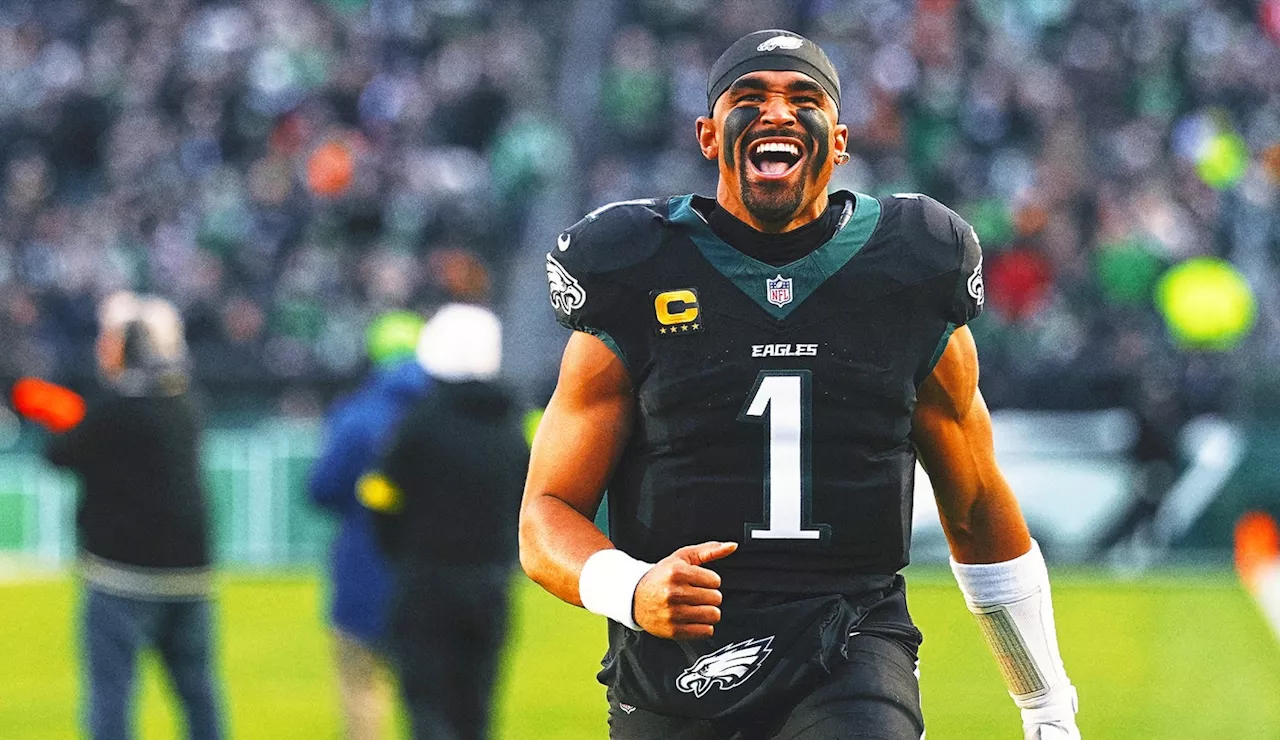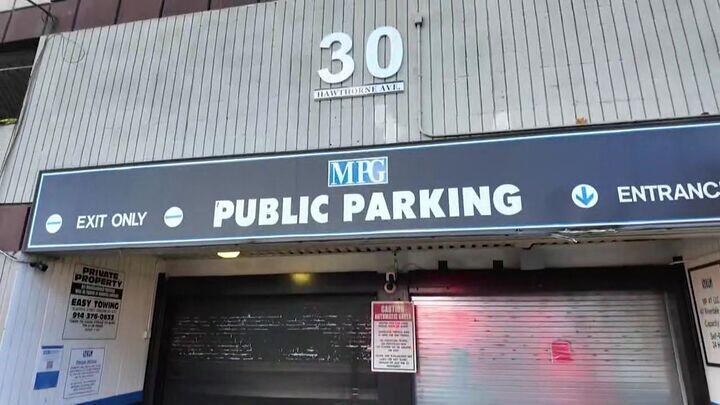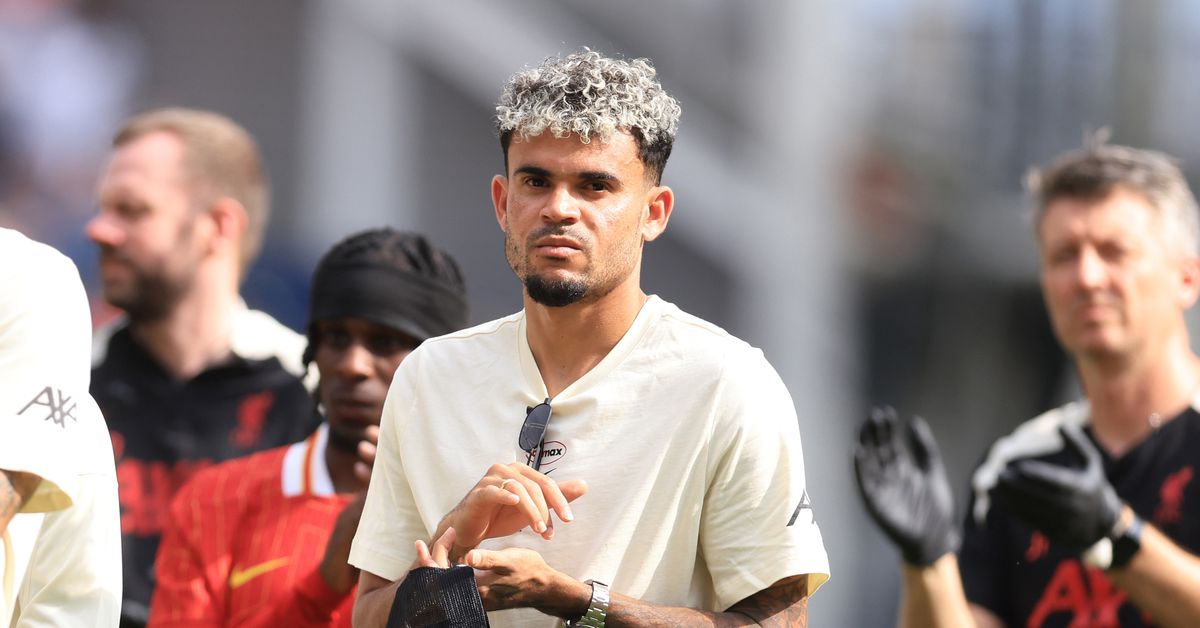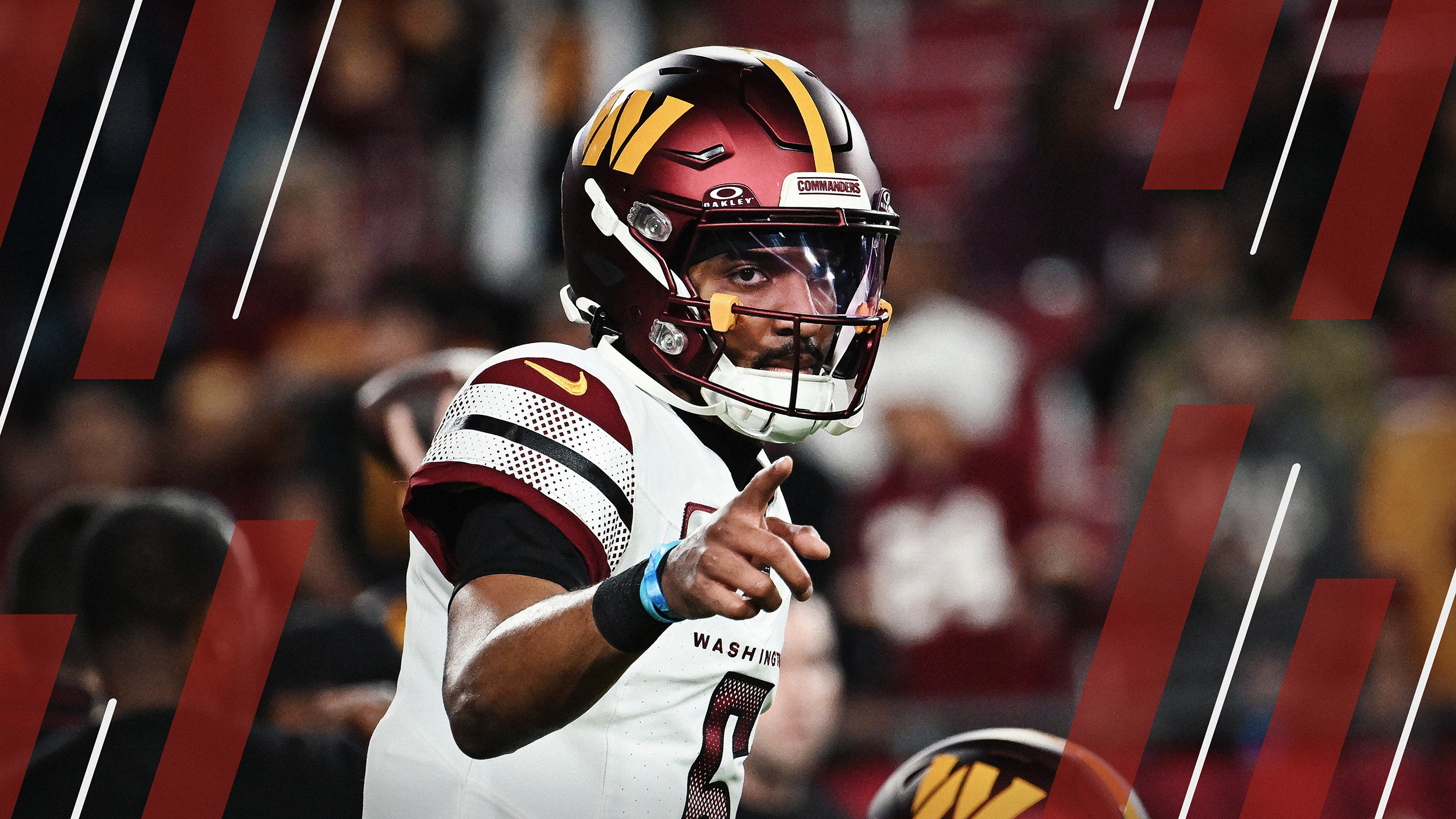Miami Dolphins Tackle Secondary Issues with Strategic Adjustments

The Miami Dolphins face challenges in their secondary following a series of significant roster changes since last season. The team traded seven-time Pro Bowler Jalen Ramsey to the Pittsburgh Steelers and allowed emerging safety Jevon Holland to leave in free agency. In addition to these departures, the Dolphins lost veteran cornerback Artie Burns for the season due to a torn ACL suffered early in training camp. As the franchise looks to strengthen its defensive backfield, three strategies could help mitigate the impact of these losses.
Reinforcements from the Front Seven
While much attention will focus on quarterback Tua Tagovailoa and his health as a key factor for the Dolphins’ success in the upcoming season, the returns of Bradley Chubb and Jaelan Phillips are equally critical. Both players are expected to return to full strength, and their ability to apply consistent pressure on opposing quarterbacks will be vital.
With the addition of second-year player Chop Robinson, the Dolphins hope to establish a formidable pass rush. By minimizing the time opposing quarterbacks have to make clean throws, Miami can help mask its secondary’s vulnerabilities. It remains to be seen whether defensive coordinator Anthony Weaver will increase blitzing schemes or rely on a four- or five-man rush to achieve this goal.
Maximizing Minkah Fitzpatrick’s Impact
The Dolphins are also looking to leverage Minkah Fitzpatrick, who has returned to Miami after a successful stint with the Steelers. Fitzpatrick, who will turn 29 in November, is considered one of the league’s elite playmakers. His versatility allows him to excel in various coverage schemes, and the Dolphins will need him to take on more responsibilities away from the line of scrimmage.
Fitzpatrick’s ability to freelance in coverage could help alleviate the pressure on a rebuilding secondary. The hope is that Miami’s front seven will effectively manage the run defense without relying heavily on secondary assistance.
Implementing Dime Coverage Strategies
Another tactical adjustment the Dolphins might consider is utilizing dime coverage in specific situations. Although it may seem unwise to deploy more cornerbacks when the position is seen as a weakness, this strategy could provide the defense with greater flexibility. By incorporating dime coverage during clear passing scenarios, Weaver can create opportunities for double-teaming top wide receivers, thus enhancing the team’s overall defensive scheme.
While transitioning to dime coverage may leave the defense slightly weaker in the front seven, it could offer a strategic advantage against high-powered offenses. The Dolphins are determined to explore all avenues to strengthen their secondary as they prepare for the challenges of the upcoming season.
As the Dolphins navigate these personnel changes, the focus will be on how effectively they can adapt their strategies to compensate for a depleted secondary. With a mix of returning talent and new strategies, Miami aims to maintain its competitive edge in the league.






